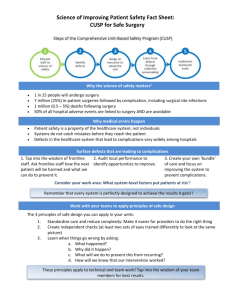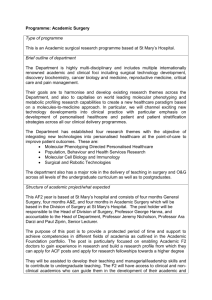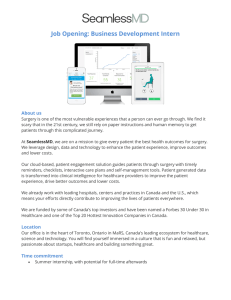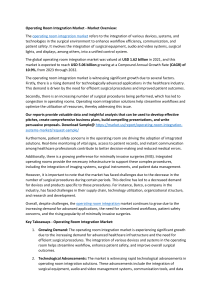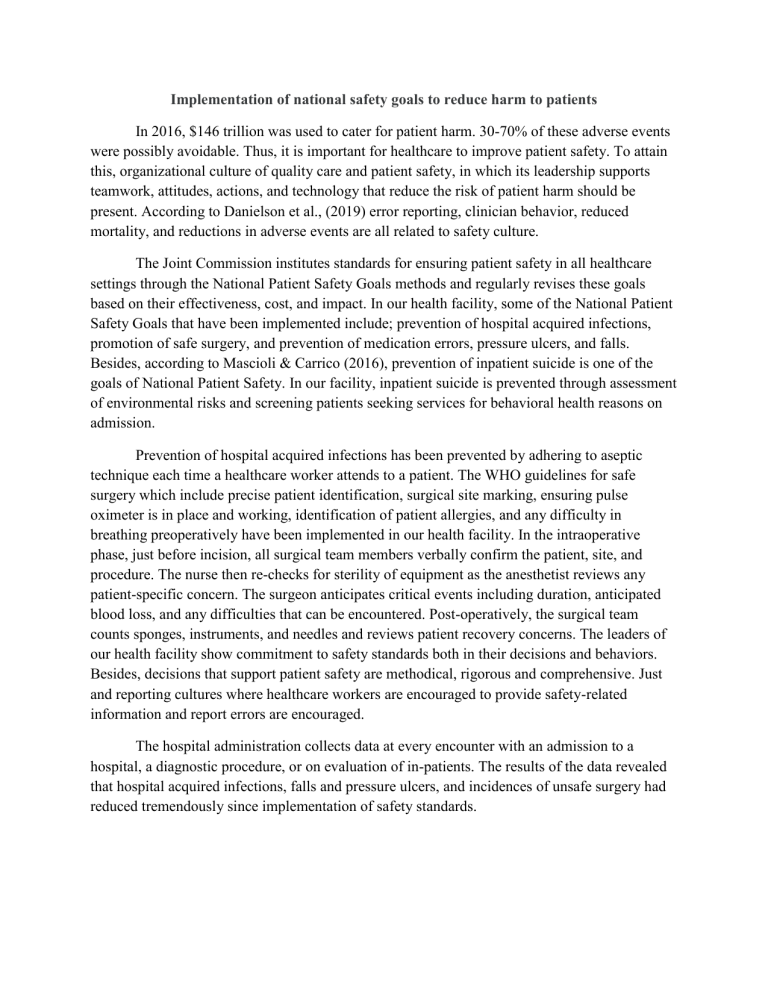
Implementation of national safety goals to reduce harm to patients In 2016, $146 trillion was used to cater for patient harm. 30-70% of these adverse events were possibly avoidable. Thus, it is important for healthcare to improve patient safety. To attain this, organizational culture of quality care and patient safety, in which its leadership supports teamwork, attitudes, actions, and technology that reduce the risk of patient harm should be present. According to Danielson et al., (2019) error reporting, clinician behavior, reduced mortality, and reductions in adverse events are all related to safety culture. The Joint Commission institutes standards for ensuring patient safety in all healthcare settings through the National Patient Safety Goals methods and regularly revises these goals based on their effectiveness, cost, and impact. In our health facility, some of the National Patient Safety Goals that have been implemented include; prevention of hospital acquired infections, promotion of safe surgery, and prevention of medication errors, pressure ulcers, and falls. Besides, according to Mascioli & Carrico (2016), prevention of inpatient suicide is one of the goals of National Patient Safety. In our facility, inpatient suicide is prevented through assessment of environmental risks and screening patients seeking services for behavioral health reasons on admission. Prevention of hospital acquired infections has been prevented by adhering to aseptic technique each time a healthcare worker attends to a patient. The WHO guidelines for safe surgery which include precise patient identification, surgical site marking, ensuring pulse oximeter is in place and working, identification of patient allergies, and any difficulty in breathing preoperatively have been implemented in our health facility. In the intraoperative phase, just before incision, all surgical team members verbally confirm the patient, site, and procedure. The nurse then re-checks for sterility of equipment as the anesthetist reviews any patient-specific concern. The surgeon anticipates critical events including duration, anticipated blood loss, and any difficulties that can be encountered. Post-operatively, the surgical team counts sponges, instruments, and needles and reviews patient recovery concerns. The leaders of our health facility show commitment to safety standards both in their decisions and behaviors. Besides, decisions that support patient safety are methodical, rigorous and comprehensive. Just and reporting cultures where healthcare workers are encouraged to provide safety-related information and report errors are encouraged. The hospital administration collects data at every encounter with an admission to a hospital, a diagnostic procedure, or on evaluation of in-patients. The results of the data revealed that hospital acquired infections, falls and pressure ulcers, and incidences of unsafe surgery had reduced tremendously since implementation of safety standards.
